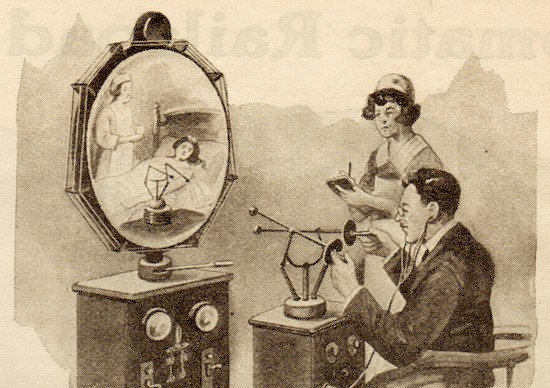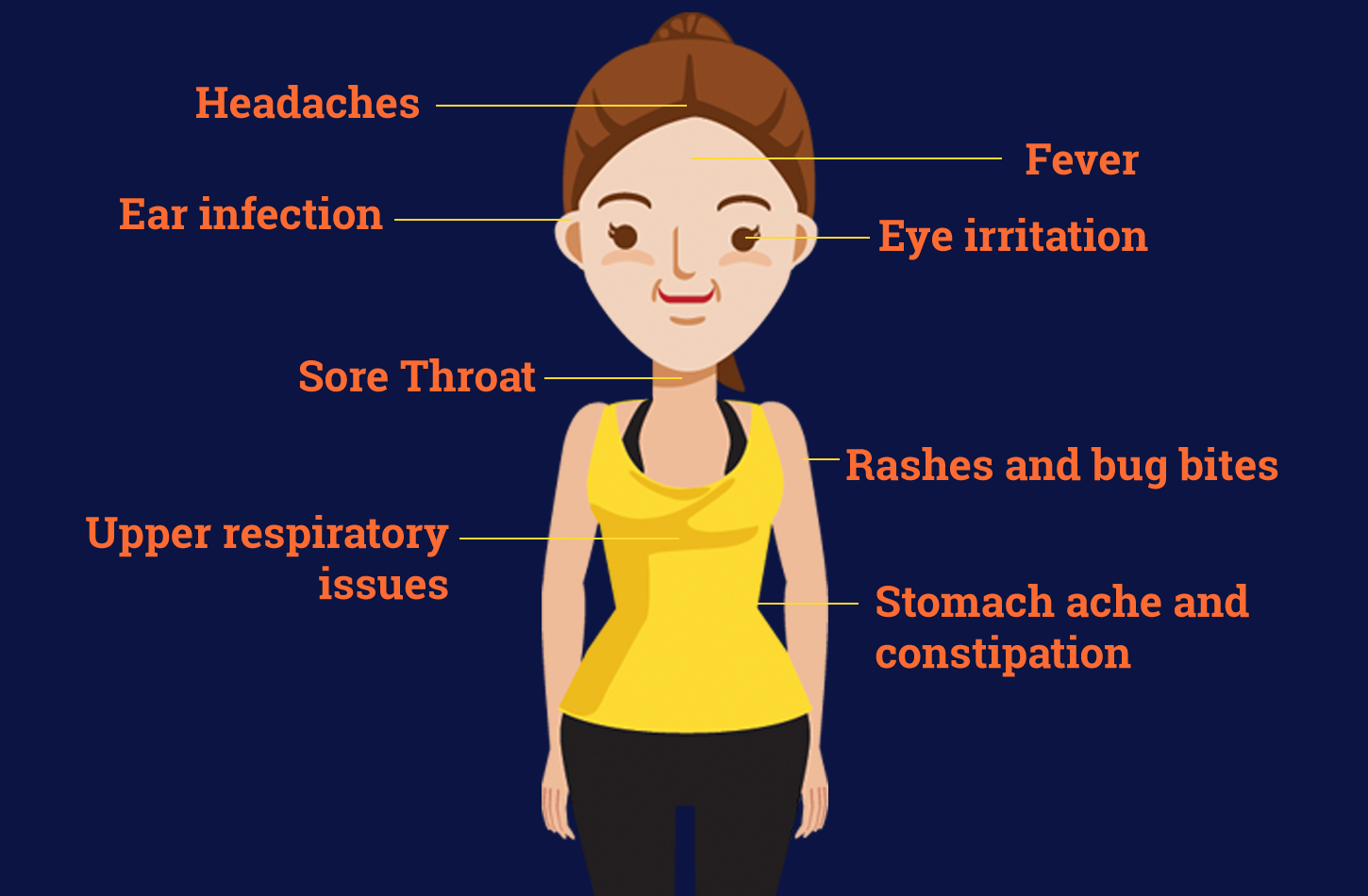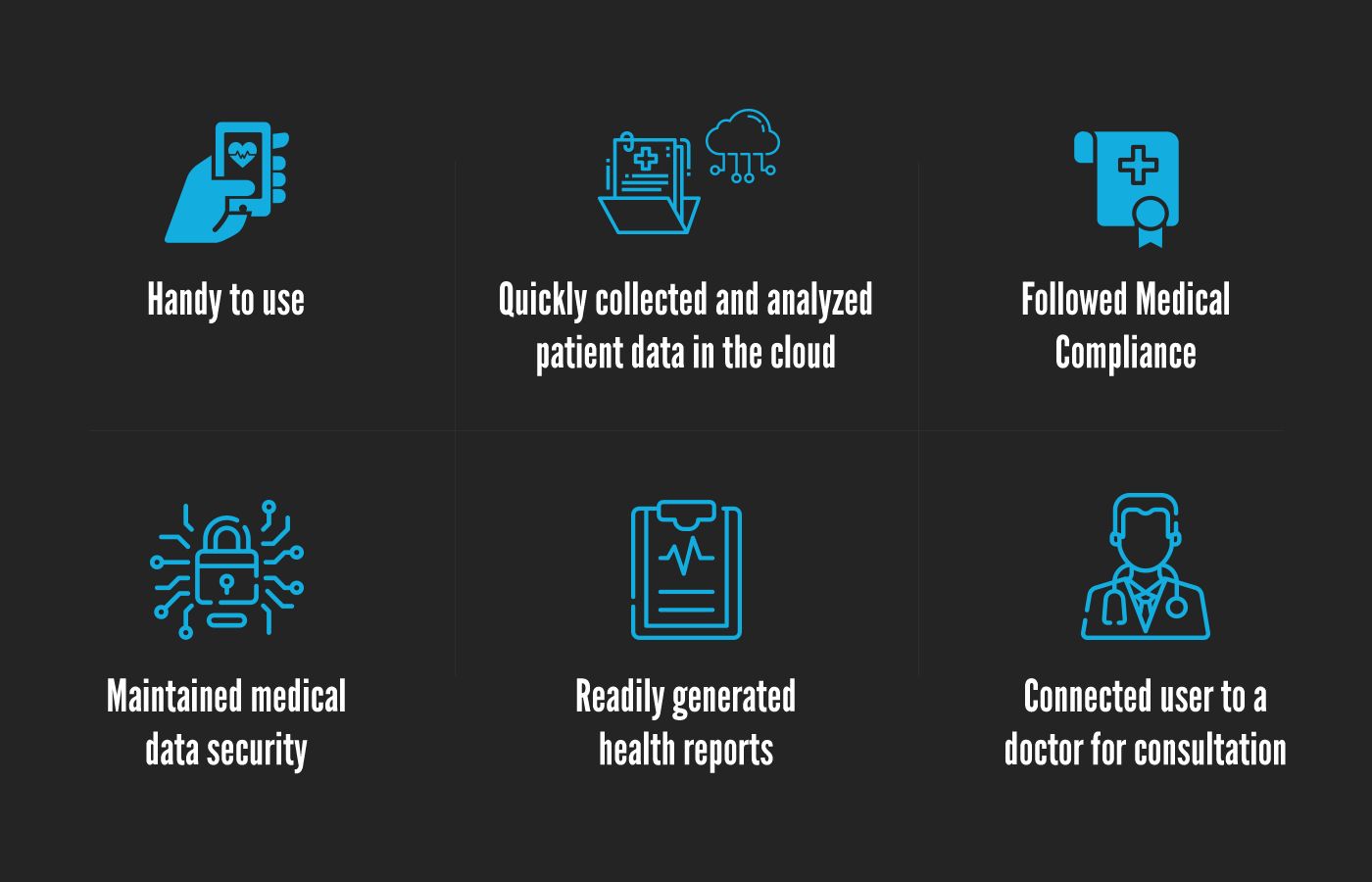Overview
Over the years, the healthcare industry has witnessed tremendous growth, thanks to the advancement in medical technology. With the new devices and platforms launched for the healthcare industry, it gets easier and more convenient to connect both medical providers and patients.
Despite the emerging technologies, we are still to overcome all the challenges of accessibility and convenience that the healthcare industry faces. One of the solutions to address the accessibility issues in the healthcare industry is telemedicine.
Telemedicine is the use of information technology and telecommunication to provide remote diagnosis and treatment to patients over long distance. It eliminates the need to visit the hospital and connects the patient directly with the healthcare professional through mobile applications, chats, phone/video calls. Not only does this help the patient get in touch with a medical practitioner, but it also helps the practitioner to diagnose the patient and treat them without leaving their own facility.
The History of Telemedicine
The history of telemedicine dates back to the 1920s when the cover of the Science and Invention Magazine features Dr. Hugo Gernsback’s article on “teledactyl”. As he explains in the article, ‘Tele’ means far and ‘dactyl’ means fingers (in Greek). The teledactyl instrument makes it possible for a doctor to view the patient through a television-like screen and touch them from a distance using spindly robot arms. Although the teledactyl never got past the concept stage, it did set the stage for telehealth and telemedicine that we talk about today.

Telemedicine has been around for many years, in some or the other way. Today, with evolving technology, common telemedicine tools such as live video have become ubiquitous and are easily accessible to a larger audience.
The idea behind the origin of telemedicine was to reach patients who are located in remote areas, far from local medical facilities, this can be a boon for locations that lack a sufficient number of medical practitioners. On top of addressing this concern, telemedicine has now evolved into a tool to deliver convenient medical care to patients anywhere at any given time. Rather than scheduling an appointment with the doctors and spending a significant amount of time at the waiting room, connected patients prefer to receive immediate care for minor but critical health conditions.
Trends noticed in the telehealth market
The United States telehealth market grew from $240 million in 2013 to $1.9 billion in 2018; patients that are using telehealth in the United States has increased from 250,000 in 2013 to 3.2 million in 2018.
With a CAGR of 27.5%, the global telehealth market is predicted to cross $13 billion by 2024.
Some of the major driving factors behind the growth of the telehealth market are:
- An increasing number of chronic diseases
- Increase in the number of an aging population
- A global shortage of healthcare professionals
- Better telecommunication infrastructure
- Advancement in relevant technologies
Major challenges for the telehealth market
Some growth restrictors for telehealth market are:
Cultural and behavioral change
It can be really difficult to change the culture and behavior of people when it comes to healthcare. In order to make room for telehealth, it needs to be made easier, or at least, as easy as the current processes.
Telehealth needs to deliver the following perks at different levels in the channel to stand as an alternative to in-person diagnosis:
- The payer – may it be the government or the insurance company – should be able to save money or provide better services
- The patient should get better consultation with higher convenience
- The healthcare provider should be getting all the required health data before prescribing the medicines
Reliability on Technology
One of the major concerns in this scenario is the reliability of telehealth, especially in areas with lower connectivity. However, most of the telehealth solutions are optimized to work on lower bandwidth, thus allowing access to rural and remote communities.
Regulations
RELATED BLOG
Not all states allow getting a medical prescription from remotely located healthcare practitioners. A lot of states have implemented online prescribing regulations under which it is compulsory to have an in-person consultation to legally prescribe medicines to a patient. It is necessary to be aware of the state rules before prescribing medications over telemedicine. The telemedicine regulations might vary according to the country or state.
Data privacy
While introducing telemedicine equipment, there might be a number of liabilities and policy implications that are associated with it. For instance, the patients’ vital data is stored in the system at the hospital. In this scenario, who is allowed to access the system and how tight is the data security are some of the concerns that might affect the customer trust in telemedicine.
Telemedicine Solutions that are currently available
Currently, there are telemedicine kiosks available at some of the grocery stores or malls, which are not far from home whenever patients need a health diagnosis. These kiosks typically have video calling capabilities and are attached with a thermometer, pulse oximeter, blood pressure monitor, stethoscope, and a derm cam for skin issues, which can be used by the patient to coordinate with the doctor during the consultation. The doctor receives the patient’s data from the medical tools and sends the prescription to the pharmacy of the patient’s choice. If more serious cases are detected, they are referred to urgent care centers.
Additionally, the remote diagnosis is also done using web or mobile application based consultation. These applications connect patients with doctors and helps them store and manage their health information in the cloud from anywhere using any mobile device. Such applications provide freedom and flexibility to its users while also being always available whenever they need urgent care.
While these are some of the great ways to deliver healthcare near customers’ homes, what is even better is, providing them remote diagnosis within the comfort of their homes.
Technology giants are moving towards healthcare
In 2018, Amazon purchased an online pharmacy startup PillPack and also declared plans to develop software that can read medical records.
Likewise, Apple has also opened on-site clinics for its employees and is also getting into the medical records space. Apple also has got FDA clearance to include an electrocardiogram (EKG) as a feature of the upcoming Apple Watch.
Uber has entered the medical transit market by launching Uber Health in March 2018. Uber Health allows health providers to book a cab for a patient or a caregiver. This is not going to act as an alternative to an ambulance; however, it can be a great medium for people who can’t drive to the hospital due to old age or poor medical conditions.
Alphabet Inc., the parent company of Google and Verily Life Sciences, focuses more on health research rather than focusing on health care. Google Brain project makes use of AI-powered speech recognition to help doctors in taking notes during the consultation. Alphabet has collaborated with plenty of different companies in the medical space and is predicted to take giant leaps in this space in the coming years.
IBM is also entering the medical sector with IBM Watson Health. IBM Watson Health is created to address some of the most pressing challenges in the healthcare sector including issues related to data, analytics, and artificial intelligence. With the combination of human knowledge and artificial intelligence, Watson can help healthcare professionals to translate data into insights to make better decisions for patient care.
A Case in Work: Development of a Tricorder device by eInfochips for health assessment
From the era of Star Trek, tricorder devices have been something that showcases an ideal scenario for remote health diagnosis. Now that the hardware is shrinking in size and the firmware is coming with a wider set of features, it is possible to develop the right combination of hardware and firmware to make the tricorders a reality.
Access to proper medical care is the primary reason why our client decided to develop a handheld digital health assessment device. This device was intended to meet all the medical standards, guarantee medical data safety, and provide ease of usability to the patients as well as healthcare professionals.
Our clients in the healthcare sector wanted us to develop a device that can collect a patient’s vitals and enable remote diagnosis. The vision to make this healthcare device a part of everyday lives was taken into consideration while making the device. It should be a part of people’s everyday routine, just like bathing or brushing, getting a quick health checkup every morning within a minute.
The handheld health assessment device or our version of the tricorder was created to examine:
- Heart
- Lungs
- Ears
- Throat
- Skin
- Abdomen
- Body temperature
- Blood pressure
- Eyes
- Respiratory rate
The user can simply breathe in the device to collect spirometry data. Similarly, the user can place the device on their heart to measure heart vitals. Ear module can be inserted inside the ear to give an inside view of the ear to the doctor. Eyes and skin related vitals can be collected with the help of the camera, the output of which is displayed on the doctor’s screen from the cloud.
The handheld device is capable of diagnosing the following common conditions:
- Cold and Flu
- Ear infection
- Fever
- Eye irritation
- Blood oxygen saturation
- Upper respiratory issues
- Dehydration
- Sinus pain
- Congestion
- Headaches
- Sore throat
- Allergies
- Rashes and bug bites
- Stomach ache and constipation

The device can also help doctors in monitoring chronic conditions among patients and in tracking the recovery after surgery.
Features
The device comes with some of the top-notch features:
- Captures reading in less than a minute and allows the users to get hospital-like vital sign analysis from the comfort of their home.
- Patient’s vital and spirometry data is made available within 2-3 minutes after processing the raw sensor data coming from the device.
- Over-the-air firmware updates through the cloud.
- Inbuilt LTE module sends raw vital data directly to the cloud for further processing.
- Triggers notifications for users to take vital readings.
- Allows caretaker to view reports and enable notification.
- Schedule reminders for vital reading and medicine.
- Internal microphone to record heartbeat and spirometry vitals.
- Allows communication between patients and doctors with a video call interface.
- Includes SPI-based touch screen controller.
- Comes with a battery that lasts for about 3 years.
And, the health assessment device eInfochips created was:

Project challenges
The project implementation came with its own set of challenges for the engineering team at eInfochips. Some of the challenges that we overcame are:
- Defining the PCB size, shapes, and interfaces for data/power transmission amongst the components
- Design and assembly of multiple sensor boards in a form factor of the hand-held device
- Design and tuning of envelop detection
- Design and calibration of ECG signal acquisition, filtering, and tuning
- Iteration and development of ISO-13485 compliant design
- Autofocus capability while capturing information
- Internal image sensor processing
- Meeting ISO 14971 for medical device risk management
Project innovations
- Multiple health monitoring sensors in a single handheld device instead of individual units
- Real-time parameter sensing and computing – all in less than a minute
- Cloud-based and LTE-based secured provisions for data transfer to a remote/handheld unit
- Significantly reduced the cost and time required for various types of testing
Benefits
The benefits that will follow the development of this device are:
Remote diagnosis: For a majority of the patients, remote access to good healthcare service is a better option than in-person consultation. The telemedicine device stimulates convenience and practicality, allowing medical professionals to deliver in-demand care without needing the patient to spend a great deal of time and money for in-person diagnosis.
Remote monitoring: The health assessment device can allow doctors to keep updated with the vital signs, permitting them to keep track of any changes in the patient’s health.
Specialists at lower consultation charges: With telemedicine, doctors can squeeze in remote diagnosis sessions between their schedule and some of them are even charging less for the telemedicine consultation compared to in-person evaluation. For patients, telemedicine allows them to consult a specialist, without spending too much money.
Easy access for homebound patients: The on-demand model of telemedicine can be a boon for patients who cannot leave their home due to illness or old age. It also provides a great deal of convenience to parents when their child is unwell and requires urgent care.
The Future of Telemedicine
With the medical tricorder, health assessment is made so quick and simple, patient vitals can be recorded and analyzed on a regular basis. The future scope of telemedicine can include tricorder that can analyze health patterns based on collected vitals data and predict potential health issues or change in vitals. This can help the patients in taking preventive measures to keep their health in check. Any alarming change in the vitals can be notified to the tricorder users to improve their overall health.
The objective is to meet people where they are at and also to maintain patient relationship that keeps them on top of their health goals. If you too wish to develop a product or a solution for the healthcare sector, get in touch with us.











